The Ray Optics Class 12 chapter 9 notes can be referred for revision by students preparing for their Class 12 Physics examination.
Table of Contents
The Ray optics class 12 notes PDF covers a variety of topics like reflection, refraction, and dispersion using a diagram of a light ray. The Ray Optics Class 12 Notes for Chapter 9 have a lot of weight on an exam, so students should know the fundamental ideas and other important terms in this chapter.
Students can download the ray optics class 12 notes PDF here. The notes will help the students to understand the concepts of the ray of optics better and solve the equations based on the different terms of the ray of optics
Ray Optics Class 12 Notes
Ray optics class 12 notes PDF has been subdivided into the following sub-sections to help students navigate through them easily
Rectilinear Propagation of Light
In geometry, the term "rectilinear" literally means "straight," and the rectilinear propagation of light indicates that light travels in a straight line from the source. We are unable to look around the corners of the objects on which the light ray falls because of this property, which prevents light from bending.

Refraction and reflection are two notable phenomena associated with the rectilinear propagation of light. A mirror can demonstrate reflection, and refraction can be explained by observing how a person's hand appears bent and smaller when placed in a tub of water. Try an experiment to learn more about how light moves in a rectilinear direction.
Reflection of Light
When a light beam strikes a polished, smooth, or bright object, the phenomenon known as "reflection" or "reflection of light" occurs and returns to our eyes. We have a foundation from which to view the environment thanks to this phenomenon. Before, after, and during reflection, light travels in a straight line. Take, for instance, the glimmering of stars or the reflection of light in a mirror.
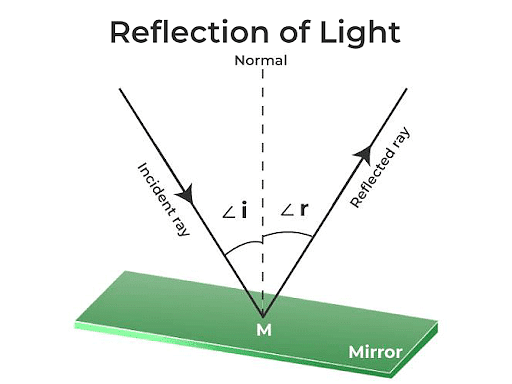
Spherical Mirrors
A mirror that is cut out of a spherical surface or material is referred to as a spherical mirror or a mirror that is a part of a sphere. Spherical mirrors can be divided into two categories, which are:
- Convex Mirror
- Concave Mirrors
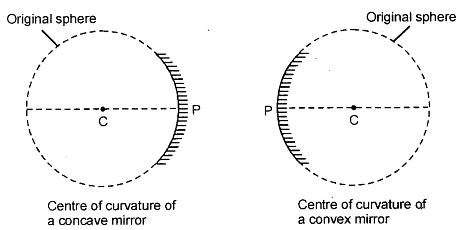
Refraction of Light
One of the most common phenomena that are observed is the refraction of light. However, refraction also occurs in sound waves and water waves. Optic tools like lenses, prisms, and magnifying glasses are made possible by refraction. We are also able to focus light on our retina because of the refraction of light.

Application of Refraction of Light in Real Life
In technology and optics, refraction has numerous applications. Some well-known applications are as follows:
- Refraction is the process by which a lens creates an image of an object for various purposes, including magnification.
- Refraction is utilized in the design of spectacles worn by people with impaired vision.
- Peepholes for house doors, cameras, movie projectors, and telescopes all make use of refraction.
Lens
A lens is a transparent, polished body with curved surfaces on two sides. One of the surfaces, in particular, might be a plane. The boundaries of spherical lenses are spherical surfaces. A parallel beam of incident rays is transformed into a convergent beam by convergent lenses.
Some of the main terms related to lenses are listed below:
- Centre of curvature
- Radius of Curvature
- Principal Axis
- Optical Center
- Principal foci
- First Principal Focus F1
- Second principal F2
- Focal Length
Prism
In physics, a prism is a flat, transparent optical element that reflects light. Any transparent material with the appropriate wavelengths can be used to make these. Glass, fluorite, and plastic are the materials that are utilised the most.
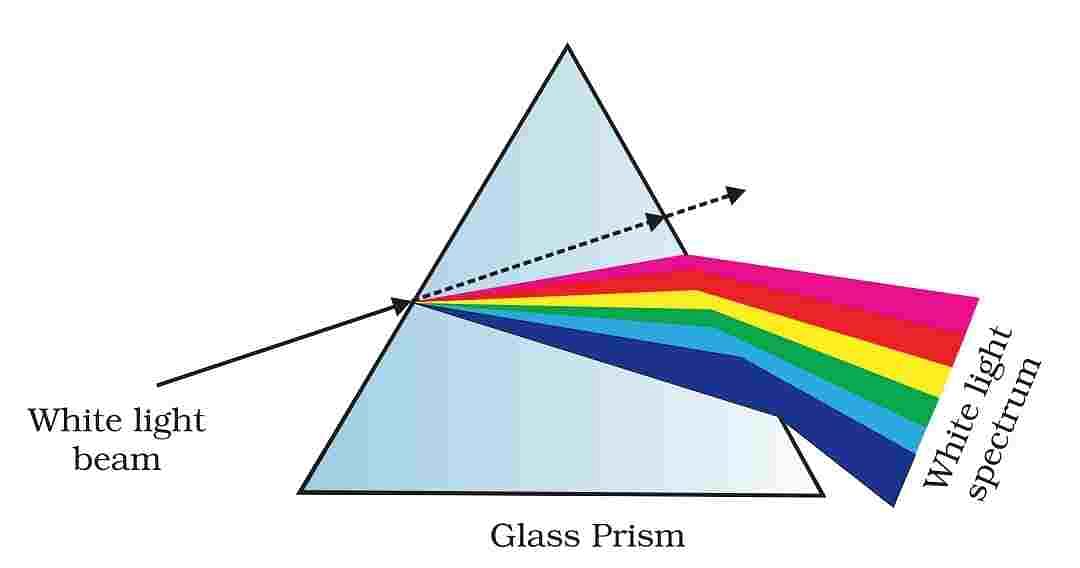
Optical Instruments
The properties of reflection, refraction, dispersion and others have been used to create a variety of optical instruments that we use every day. Ray Optics Class 12 Notes provides a concise overview of these optical instruments. Some of the gadgets are:
Eye
Our eyes are made up of different nerve fibres and cells that are connected to each other and can detect the intensity of light and color. For instance, nerve cells like rods and cones make up the retina of our eyes. These cells take in light, transform it into electrical signals, and then send them to the brain via the optic nerves. The shape and focal length of the eye's lens can be altered with the assistance of the ciliary muscles.
Simple Microscope
A converging lens with a short focal length is what makes up a basic microscope, which is also known as a magnifying glass. A virtual image that is magnified, straight, and held close to the eye is created. A compound microscope, on the other hand, has two converging lenses: an eyepiece with a long focal length and a large aperture and an objective lens with a short focal length.
Telescope
When looking at distant objects, a telescope is used. It has an eye lens with a small aperture and a short focal length and an objective lens with a large aperture.
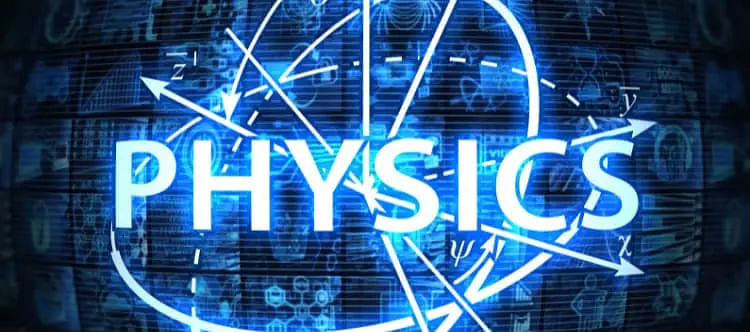






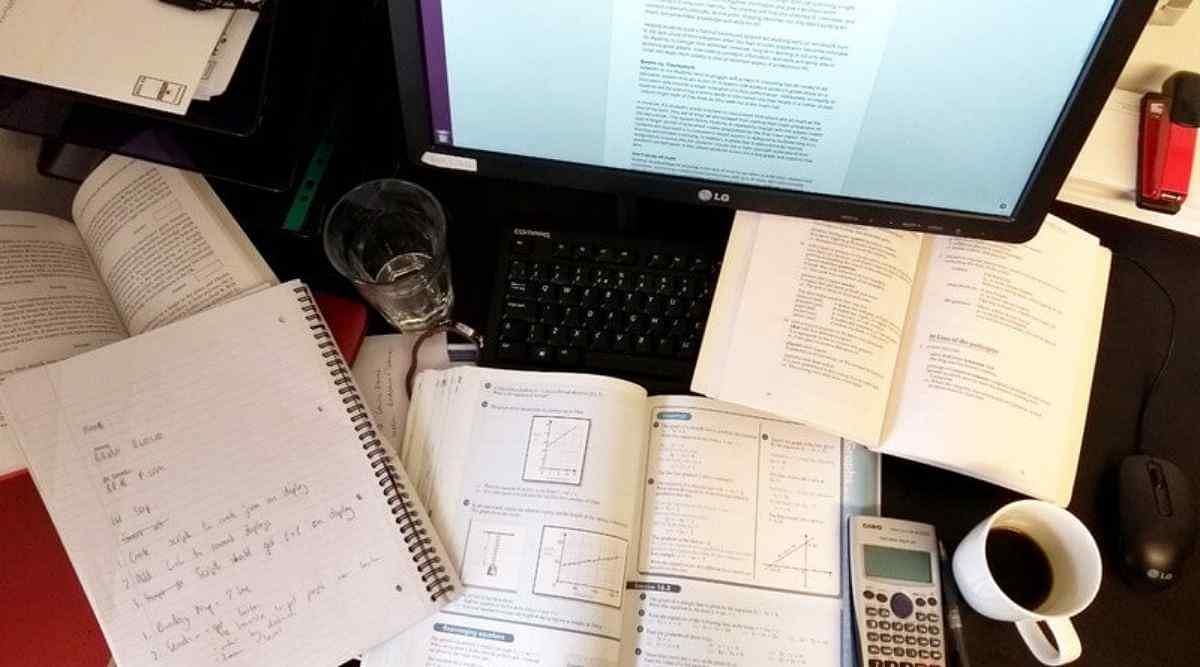












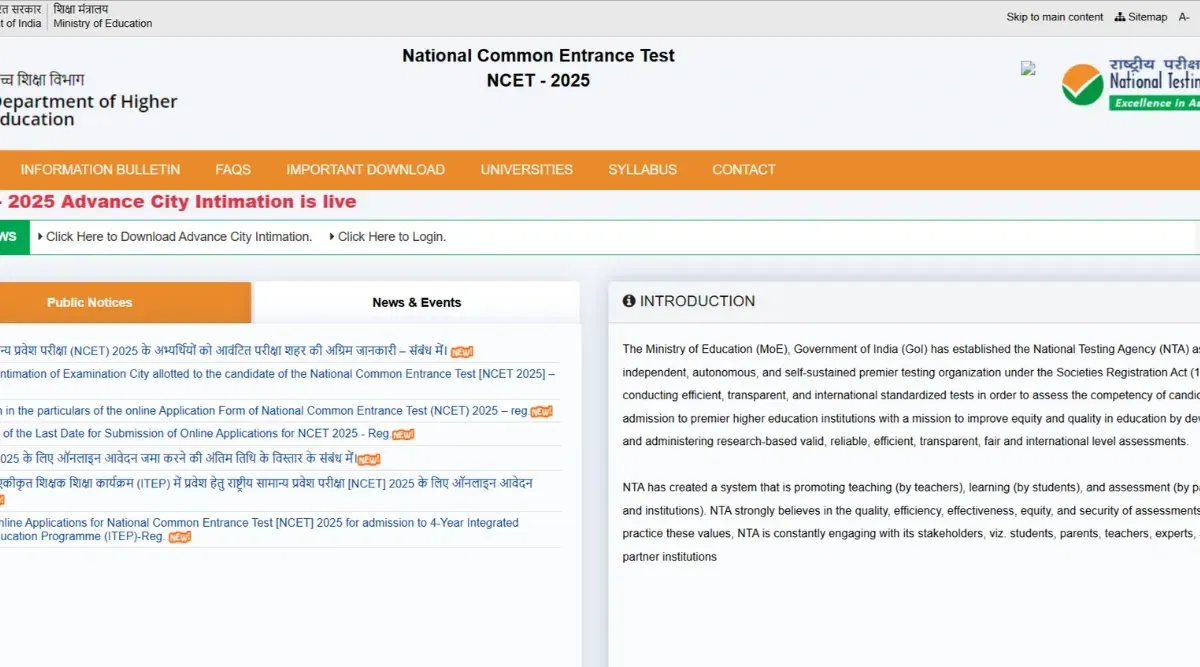





POST YOUR COMMENT